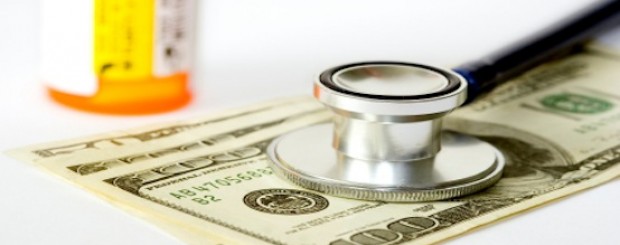Tips To Avoid a Big Emergency Room Bill (If You Can)
Have you ever been to the emergency room because you thought you had no other options?
Then, a few weeks later you got a medical bill and couldn’t believe how expensive it was?
According to a survey by the Centers for Disease Control & Prevention (CDC), the most common reasons people cited for a visit to the ER include: only a hospital could help (54.5%), the doctor’s office was not open (48%), or there was no other place to go (46.3%).
And while a significant portion of people turn to the ER for its primary purpose, when emergency care is needed within 1 minute to 2 hours, the National Hospital Ambulatory Medical Care Survey estimates that one-third to one-half of all ER visits are for non-urgent care, which is defined as needing care in 2 to 24 hours.
Unfortunately, a trip to the ER can cost you a lot of money. A 2013 study from PLOS One and funded by the National Institutes of Health found that the average cost of an ER visit for the 10 most common conditions – ranging from a headache or back problems to an upper respiratory infection or kidney stone – was $1,233.
To help you avoid a big emergency room bill after the fact, as well as an expensive trip to the ER for non-emergency medical situations, here are some options to consider if you cannot get a same-day appointment with your primary doctor:
Urgent care centers: There are thousands of urgent care centers across the U.S. that are available without an appointment, and are usually open during the evenings and on weekends. Typically, the costs of care at a center is much less than a visit to the ER. To search for an urgent care center near you to call and get more information when you need it, visit the American Academy of Urgent Care Medicine.
Retail clinics: For serious yet not life-threatening conditions that are not going away, like strep throat, an earache or sinus infection, try a nearby CVS Minute Clinic or Walgreens Healthcare Clinic. No appointment is needed and these clinics can help treat minor maladies for much less than a trip to the ER. Also, for your reference, both CVS and Walgreens provide a list of services and price ranges online.
Dental emergencies: From 2008 to 2010, more than 4 million patients turned to the ER for help with dental conditions, according to a report by the Association of Health Care Journalists per a 2014 study published in the Journal of the American Dental Association. The average charge for a dental-related trip to the ER was $768, and most people were only given a script for medication. To help you keep up with your dental care and access affordable services, you can join a non-insurance dental savings plan through these companies to save 20% to 60% off the regular cost of dental procedures. And, for more tips to keep up with your oral health and save money on dental care, click here.
Telehealth: Convenient and available 24/7, telehealth gives you access to a large network of licensed doctors, nurses and pediatricians, all in the comfort of your own home or while you’re traveling. Medical professionals are virtually accessible through phone consultations and video conferencing to provide remote clinical care for non-emergency medical issues. You can visit Teladoc to learn more about telehealth and to access services through a discount health care program.
(Image via Mint.com.)

